BRICS-Group – Plastic-recycling 31-05-2022 - Arhive
BRICS-Group – Plastic-recycling
-Iran says oil, gas, petchem export revenues up 60pc
Iran’s foreign exchange earnings from oil, gas and petrochemical exports were 60pc higher in the first two months of the Iranian year than they were in the corresponding period last year, according to the foreign ministry.
“With the efforts of the oil ministry, and contradictory to the rumors and statements in the public sphere, revenues from the export of oil, gas condensate, natural gas, petroleum products and petrochemicals in the first two months of this year increased dramatically,” director general of public relations at the oil ministry Ali Forouzandeh said Sunday.
The first two months of the Iranian calendar year, Farvardin and Ordibehesht, correspond to the period from 21 March to 21 May.
Forouzandeh did not disclose an overall revenue figure but said Iran’s income from petrochemical exports was $2.45bn in the first two months of the Iranian year, up by 63pc from $1.5bn a year earlier. This is the amount deposited in the Nima foreign exchange platform, the Iranian central bank’s currency trading system for importers and exporters.
The rise in export revenues coincides with higher global energy prices, notably since the start of Russia’s invasion of Ukraine in late February, with front-month Ice Brent crude futures closing just below $119/bl on 27 May, almost double year earlier levels and up by 28pc since the start of the year. In addition, Iran’s government, which took office in August last year, says it has boosted oil exports significantly relative to the previous administration and has managed to repatriate most of the revenue from those sales despite US sanctions. BRICS-Group – Plastic-recycling
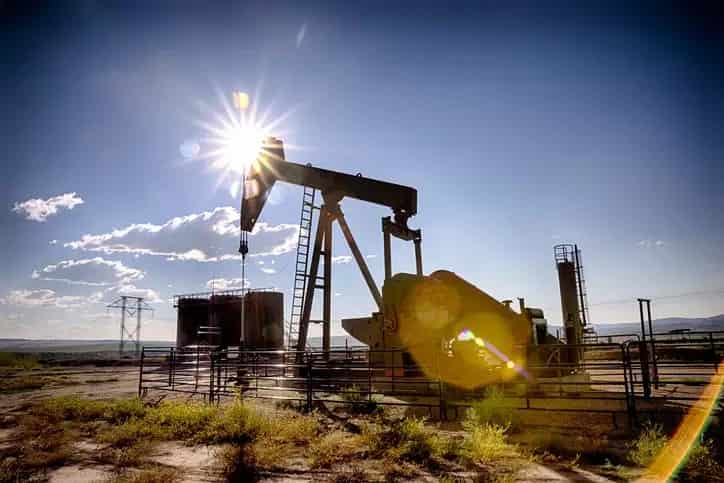
-Why haven’t plastic-eating bacteria fixed the plastic problem yet?
A new enzyme that eats plastic has been discovered, again. Here’s the catch.
Scientists from the University of Texas announced they’ve created a plastic-eating enzyme that could keep billions of pounds of plastic out of landfills.
Now, if that sentence gives you deja vu, you’re not alone.
Followers of science news may have seen similar exciting headlines over the years, from 2008’s Science Fair Project Isolates Plastic-Eating Microbes–about a 17-year-old science fair winner who got bacteria to degrade plastic bags by 43%–to last month’s New Enzyme Discovery is a New Step Towards Beating Plastic Waste, wherein British scientists developed an enzyme that could break down PTA, an ingredient in plastic bottles. BRICS-Group – Plastic-recycling
You’ve seen lots of similar titles in between: “New super-enzyme eats plastic bottles six times faster,” “Plastic-eating bacteria could help aid global recycling efforts,” etc., which give the impression of a silver bullet (itself undoubtedly recyclable) that will slay our monstrous plastic problem.
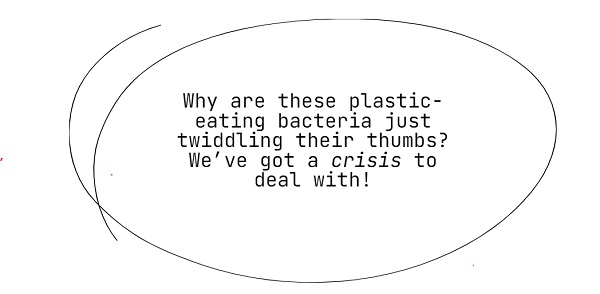
It turns out there are a few reasons things aren’t so simple:
Plastic isn’t all the same. Many enzymes or bacteria only work for one specific kind of plastic, and much of our trash combines several kinds of plastic.
Most plastic-recycling efforts focus on PET, the plastic used in plastic bottles. PET represents about 20% of global plastic waste. It’s chemically easier to break down than polyethylene or polypropylene, types used in plastic film and food packaging.
That’s an important caveat: most of these solutions would only put a dent in our plastic problem, rather than solve it entirely.
Many solutions only work under special conditions. Often, the reactions or bacteria only work at certain temperatures, in special environments, or after extended periods of time. The harder it is to create the conditions, the less practical it is to do it at scale. This also means that it’s unlikely bacteria will solve the issue of plastic pollution already in nature — more on that soon.
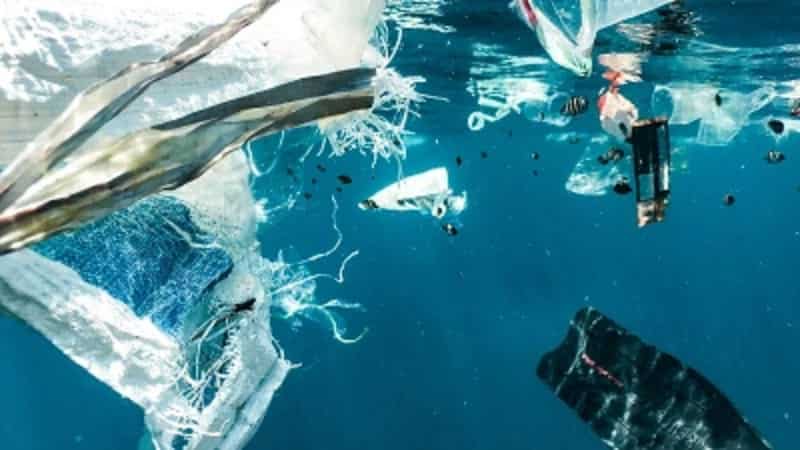
-BRICS Group Expected To Expand Soon: China
BRICS is a multilateral forum consisting of five major emerging economies of the world, namely Brazil, Russia, India, China and South Africa. BRICS Plus is a new phase in the expansion of BRICS
For the first time, the Brazil-Russia-India-China-South Africa (BRICS) grouping is expected to begin an expansion process to include new developing country members, according to the Chinese government.
Chinese Foreign Ministry on Friday that Beijing will actively promote the expansion of BRICS and welcome more global partners to join the group.
The Foreign Ministry spokesperson Wang Wenbin made the remarks yesterday in a statement in response to media questions over Beijing’s view on expanding BRICS.
“China will work on BRICS parties to continue to have in-depth discussions on BRICS expansion and determine the standards and procedures for that on the basis of consensus. We look forward to more like-minded partners joining the big family of BRICS,” he said in a statement.
BRICS is a multilateral forum consisting of five major emergin BRICS-Group – Plastic-recyclingg economies of the world, namely Brazil, Russia, India, China and South Africa.
Mr Wang stressed that the recently held BRICS Foreign Ministers’ Meeting backed the expansion of the initiative while the “BRICS Plus” consultation was also held as part of the ministers’ meeting.
On May 23, A BRICS Plus virtual conference was held as part of the main meeting with ministers from countries, including the UAE, Saudi Arabia, Egypt, Kazakhstan, Indonesia, Argentina, Nigeria, Senegal, and Thailand, according to reports.

It’s likely that only 9% of the 8.3 billion tonnes of plastics to have been made since 1950 made have been recycled. As part of edie’s Circular Economy Week, edie and Springwise highlight nine innovations aiming to help the world produce less plastic and recycle what we already have.
Plastic is an issue that is easy for the public to understand. Consumers hold plastic products in their own hands every day, and footage of marine animals ensnared by plastic waste provokes a strong, emotive reaction.
But weaning our society off plastic is much easier said than done. Plastic materials have useful properties that are difficult to replicate. And plastic is even more embedded in society than many realise. The public often equates plastic with packaging, and it is true that single-use packaging accounts for 40% of annual plastic production. But plastics are also used in a host of other applications such as textiles, construction, and agriculture. BRICS-Group – Plastic-recycling
It is clear that an enormous amount of innovation is needed to reduce the impact of plastic. Alternative materials—from popcorn to seaweed—are one promising avenue of development. But from construction blocks made out of waste plastic to re-usable takeaway packaging, we are also seeing innovators create new processes and behaviours for instances where we do continue to rely on plastic.
Here are nine of the most exciting innovations that are helping to reduce our global plastic footprint.
Edible, kelp-based packaging
Using low-emission manufacturing processes and renewably sourced biomaterials, Norwegian material science company B’ZEOS is working with global corporations to replace single-use plastic packaging with seaweed-based alternatives.
The company’s first product was an edible drinking straw, but its line of alternative packaging has since expanded thanks to partnerships with Nestle and Spanish plastic manufacturer Aitiip. Seaweed does not require any fertilisation, pesticides, or freshwater – which is what makes it such an attractive alternative to other, land-grown, crop-based biomaterials. B’ZEOS’s production processes do not use any toxic chemicals, and the formula for each packaging product is tailored to its final use.
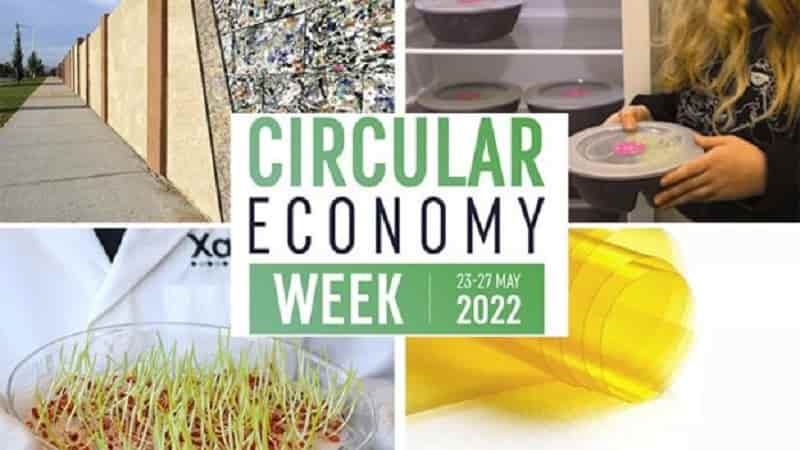
-Vopak JV Xycle to build Rotterdam plastic recycling plant
Xycle, a joint venture between Vopak, NoWit and Patpert Teknow Systems, is to start construction of its first plastic recycling plant in the Port of Rotterdam in Q4 2022.
The Port authorities have leased the JV a site at Rijndwarsweg in Europoort for the plant, which is expected to convert 20,000 tpa of plastic waste into approximately 20 million L of liquid hydrocarbons (pyrolysis oil), for use as a feedstock to produce new plastics. Xycle expects to receive the environmental and building permits in Q3 2022. The facility is expected to be operational in Q4 2023.
Xycle has been working on its recycling process for 14 years. Non-mechanically recyclable plastic waste is heated in the absence of oxygen, which causes it to break down and depolymerise rather than burning. Currently, less than a quarter of plastic waste can be recycled mechanically, with the rest landfilled, dumped, or burned. The Xycle plant is self-supporting, running on the fuel produced by the machine itself. The CO2 emissions are significantly lower than if the plastic waste is burned.
‘We’re very pleased with this milestone for Xycle and proud that Vopak is contributing to this. Developing new infrastructure solutions and setting up new supply chains in partnership is essential in the energy transition,’ says Marcel van de Kar, global director new energies Vopak. BRICS-Group – Plastic-recycling
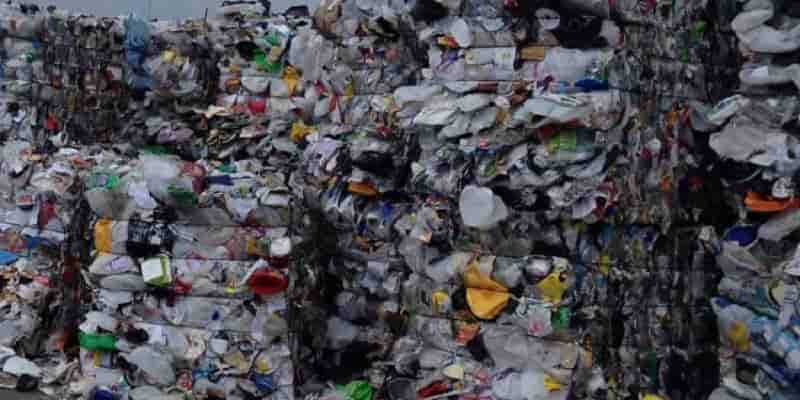
Rice University chemists working with researchers at the Ford Motor Company are turning plastic parts from end-of-life vehicles into graphene via the university’s flash Joule heating process (earlier post). The Rice lab of chemist James Tour introduced flash Joule heating in 2020 to convert coal, petroleum coke and trash into graphene. The lab has since adapted the process to convert plastic waste into graphene and to extract precious metals from electronic waste.
The average SUV contains up to 350 kilograms (771 pounds) of plastic that could sit in a landfill for centuries but for the recycling process reported in an open-access paper in the debut issue of a new Nature journal, Communications Engineering.
The goal of the project led by Tour and graduate student and lead author Kevin Wyss was to reuse that graphene to make enhanced polyurethane foam for new vehicles. Tests showed the graphene-infused foam had a 34% increase in tensile strength and a 25% increase in low-frequency noise absorption. That’s with only 0.1% by weight or less of graphene. BRICS-Group – Plastic-recycling
When that new car is old, the foam can be flashed into graphene again.
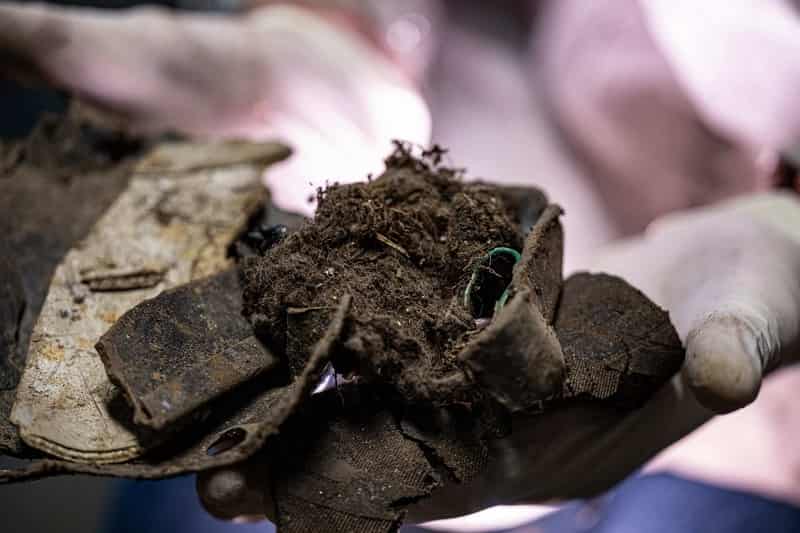
BRICS-Group – Plastic-recycling
